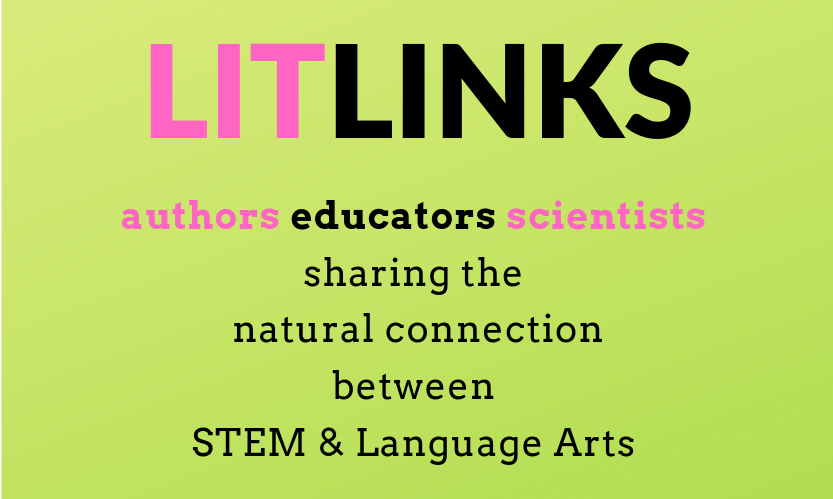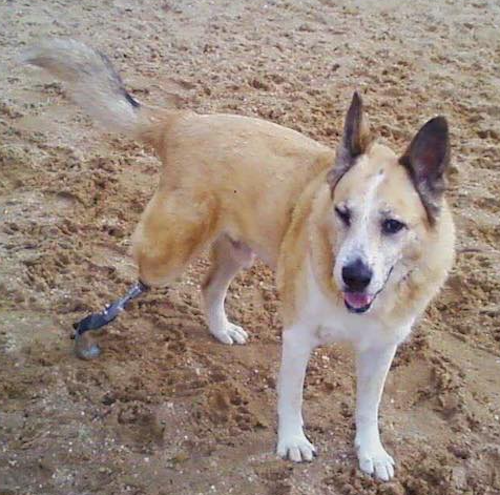
GUEST BLOGGER JOLENE GUTIÉRREZ
Combining STEAM and social emotional learning
As a teacher librarian at a school for diverse learners in grades 2-12, I’ve learned the power of connections and options when dealing with students of all ages. Books that weave in story, STEAM (science, technology, engineering, art, and math), and SEL (social emotional learning) are a perfect way to tap into kids’ hearts and hands.
My middle-grade book Bionic Beasts: Saving Animal Lives with Artificial Flippers, Legs, and Beaks allows students to learn about 5 different animals with limb differences. Humans use STEAM to help each of these animals, and hands-on activities at the end of each chapter offer students a way to further their learning.
STEAM strengths
To offer options to your students and allow them to showcase their strengths, let them choose from one or more of these activities.
STEM and prosthetic devices
Veterinarians, orthotists, and prosthetists make numerous versions of prosthetic devices. Choose one of the animals from Bionic Beasts and then sketch or actually create various iterations of prostheses for them. Think about how the device will attach to the animal and help them move through their environment. Also consider the animal’s comfort and if the materials you use will be strong enough to support the animal you chose.
Meet a bionic beast
Pick one of the animals from Bionic Beasts and use books and/or online resources to gather information about that specific animal, such as their natural habitat, the food they eat, and their family structure. What’s one fascinating thing about them that you learned? Is your animal in any danger due to humans? If so, is anything being done to support them? Can you think of any way to help your animal? Then, share what you’ve learned in a report, video, or poster.
Finding stories to tell
As I wrote Bionic Beasts, I interviewed many humans to learn the animals’ stories. Find a pet owner or someone who works at a shelter or sanctuary and ask if you can interview them (over the phone, email, virtually, or in person). Before the actual interview, prepare questions that will help you learn more about their job.
For example, you might ask them about the types of animals they work with. You may want to learn about their favorite animal. You might ask about the animal’s diet and health. When you interview the person, take notes or record the session through video or audio so you can share their information with others. (Please ask for permission before recording).
Social emotional learning strengths
To tap into students’ hearts and their social emotional learning skills, try these options.
Lola and Motala
Read the chapter about Lola the Kemp’s Ridley sea turtle or about Motala the Asian elephant and discuss the following questions or make up others that connect students to social emotional learning.
- How were humans responsible for Lola’s or Motala’s injuries?
- In what ways did humans help Lola or Motala?
- How did this chapter make you feel?
- What are some things that every one of us can do starting today that will help sea turtles and other ocean creatures? OR How can we help elephants like Motala?
- Choose an animal or person from Bionic Beasts. Write a letter to this animal or person. Consider including the following information:
- What you learned from their story.
- How their story changed you.
- What you most respect about this animal or person.
- A list of questions you have for this animal or person.
A social emotional learning skill: people-first language
Learn about people-first language and/or disability etiquette. People-first (and animal-first) language means that you begin by mentioning the person or animal and then use language to describe them.
For example, you would say, “A person with limb differences,” rather than “A limb-different person.” To make things trickier, some people might prefer identity-first language because they are proud of their difference. For examnple, some people in the autism community prefer to be referred to as an autistic person rather than a person with autism. To learn more, explore this amazing resource from the United Spinal Association.
A social emotional learning skill: identity-first language
Give examples of people-first AND identity-first language.
Share something you learned about disability etiquette.
Much of disability etiquette revolves around asking questions and listening to answers. What are some examples of some questions you might ask others to show care and respect?
Jolene Gutiérrez grew up on a farm, surrounded by animals, plants, and history. She is an award-winning teacher-librarian and has been working with diverse learners at Denver Academy for the past 26 years. She’s a wife of 22 years and mama to two teenage humans, three preteen dogs, and a kitten who plays fetch, and an ever-rotating variety of other animals including crested geckos, frogs, a ferret, and a rescue squirrel.
Jolene is the author of MAC AND CHEESE AND THE PERSONAL SPACE INVADER (Clear Fork/Spork, 2020), BIONIC BEASTS: SAVING ANIMAL LIVES WITH ARTIFICIAL FLIPPERS, LEGS, AND BEAKS (Millbrook/Lerner, 2020), and the STARS OF LATIN POP series (Rourke Educational Media, 2021). She is an active member of SCBWI and The Author’s Guild, part of the KidLitCollective group, a member of the critique group 6 Ladies and a MANuscript, and a co-creator of #KidlitZombieWeek. Jolene is represented by agent Kaitlyn Sanchez of Context Literary. Find her online at www.jolenegutierrez.com oron Facebook, Twitter, or Instagram @writerjolene.












Leave a Reply
Your email is safe with me.